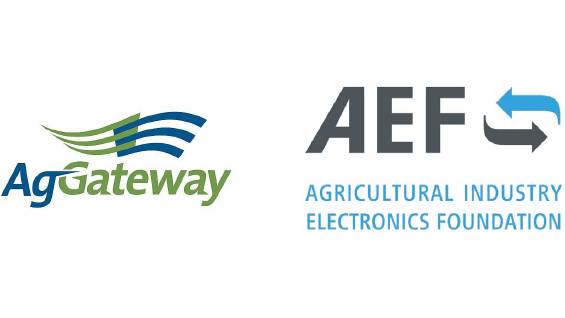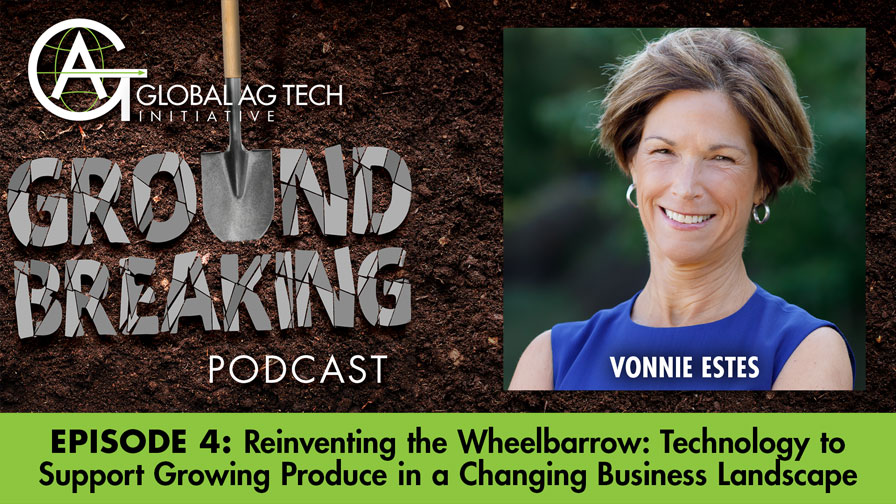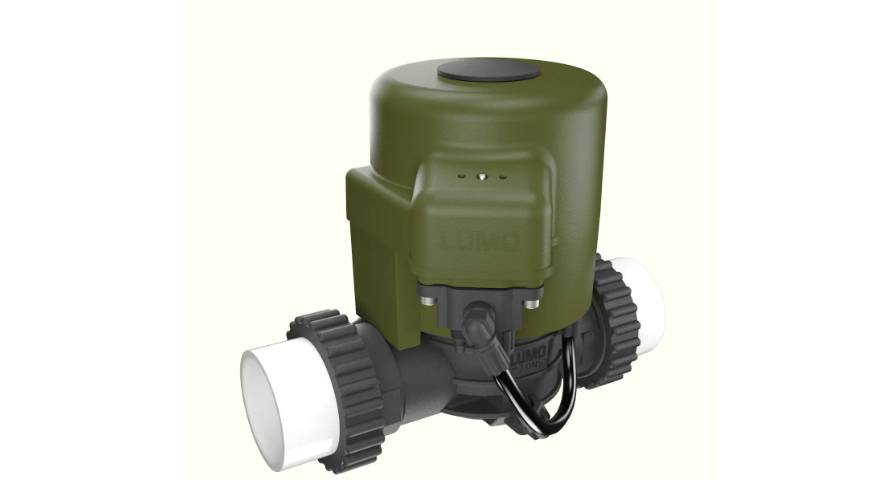With More Focus on Safety, Why Is It Still Hard to Find Healthy Food?
Food safety is increasingly becoming the dominant topic of conversations across the developed world. Over the past decades, the focus was on securing as much food as possible; however, for years now, that has not been the case with the developed countries.
According to an estimate by the U.S. Centers for Disease Control and Prevention (CDC), 48 million Americans get sick from foodborne diseases each year. At the same time, in the 2020 EU-wide survey of public opinion, 42% of EU citizens cited food safety as the principal factor behind food selection.
Furthermore, various surveys indicate that, for safe food, consumers across the EU are willing to pay more than they usually do. This has prompted the development of a number of different certificates to somehow try and standardize food’s origin and method of production; some of these certificates are even being developed by state institutions.
What is safe food anyway? It is food that has full nutritional value and contains no harmful ingredients. How can we be certain we have safe food? By making sure the food that comes to the market is local, authentic, transparent, traceable, and ethical (i.e. LATTE).
MORE BY MATIJA ZULJ
Sustainable Agriculture: How Long Are We Going to Wait for Change to Happen if We Don’t Encourage It?
3 Important Decisions for Successful Farm Management Software Implementations
So, the principles are quite clear. There is a growing demand for safe food and we know its definition. Then why are stores yet to sort the food by their nutritional value? The bottleneck here is the lack of information about the foodstuffs we consume.
For instance, if we purchase an apple, we will not know when and what it was treated with (and if it was, whether it contains any residue of pesticides or not), how much additional nutrients were used in its production, or even when it was planted or picked. In fact, we will not get a single piece of information telling us the foodstuff in question is safe or that we are looking at a LATTE apple.
The only solution here is the digitization of agriculture. This has been recognized by the EU: in its next financial perspective, it will focus heavily on digitizing agriculture rather than on some other “traditional” measures relied on to increase agriculture’s competitiveness, such as land consolidation or farmer cooperatives, which are necessary but take a long time. On the other hand, digitization brings considerable benefits to both buyers and farmers over a short period of time.
Digitizing all production stages allows the generation of detailed reports at the end of the production process on every single product, providing buyers with information such as which tree an apple was picked from, when the tree in question was planted, when and how much the apple was treated, if it was given additional nutrients, how much manual or machine labor was required to produce it, and what the production’s carbon footprint was, among other things.
Our own solution can generate more than 20 different pieces of information about the product, its origin, and the manner it was produced in. AGRIVI is used by buyers in the UAE, as well as large systems, which buy and process foodstuffs, but also want complete quality control, such as Nestle, which uses the AGRIVI solution for its children’s food factories, the U.S.-based Driscoll’s, the world’s largest berry company, and Helvetas, which relies on the solution to ensure rice production’s traceability for more than 4,000 small farmers across Asia.
At the same time, digitizing agriculture brings substantial benefits to the farmers as well, seeing as it helps avoid the triple loss average farmers suffer over a single year. The first loss that the farmers experience takes place during the production planning stage, as without the precise data on soil quality and actual crop needs, they are unable to optimally calculate the necessary inputs for the season. The digitization can reduce the losses by up to 30%.
The second loss happens during the production, mostly due to misjudgments in applying certain agrotechnological measures; yield losses caused by pests and diseases amount to 20%-40% each year. Digitization reduces deviations from optimal deadlines, thus considerably reducing the losses in question.
Finally, the third time the farmers experience losses is when pricing their products. This happens due to their inability to provide detailed information about all the production stages, which the buyers view as a guarantee that it is worth paying more for the farmers’ products. With digitization, the farmers’ income goes up between 50% and 100%. Plus, the digitization is the only way to quickly increase the competitiveness of agriculture.
Digitizing agriculture allows for a significant step forward, at the same time increasing the sector’s competitiveness and sustainability, and substantially raising the level of safety of the food we are consuming. It is on us to utilize it!










